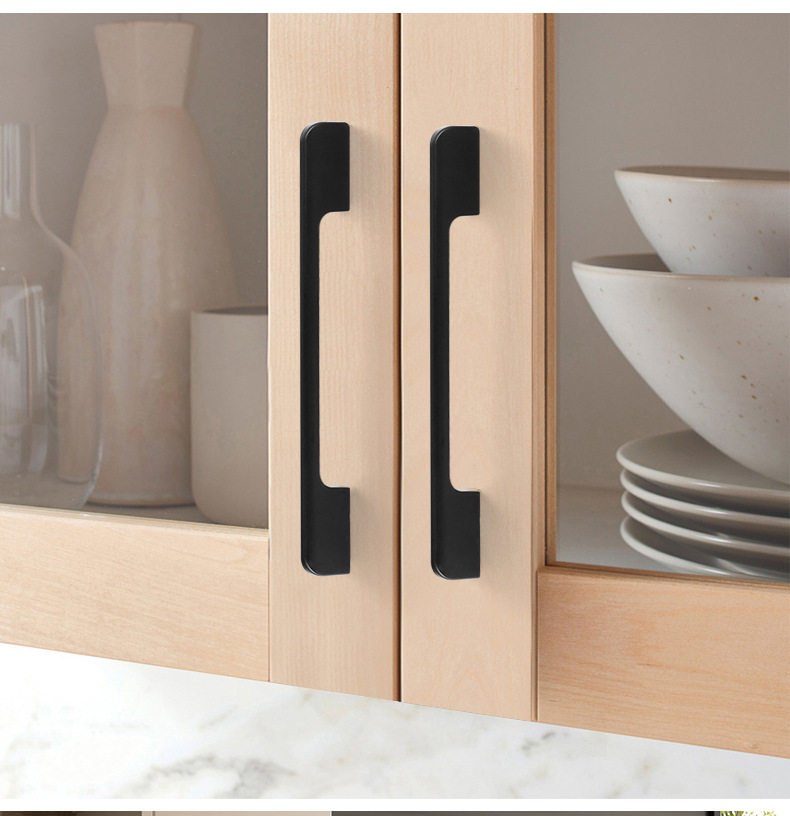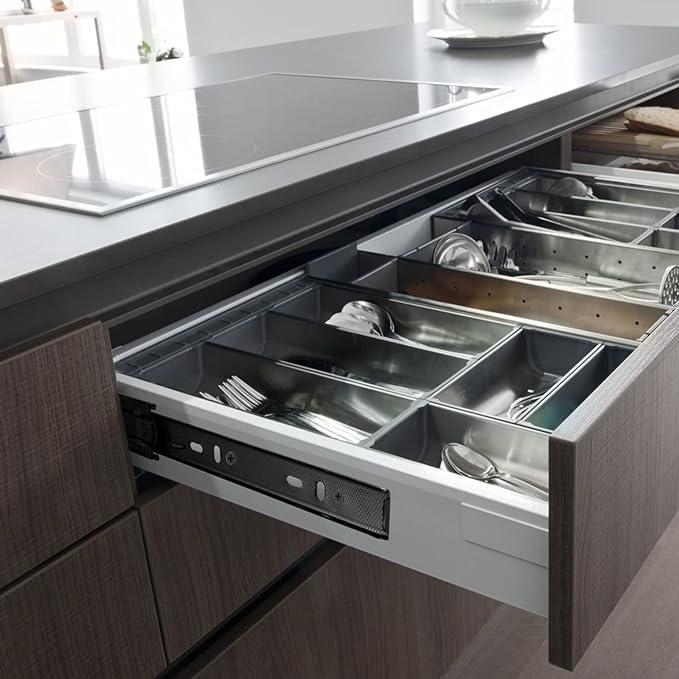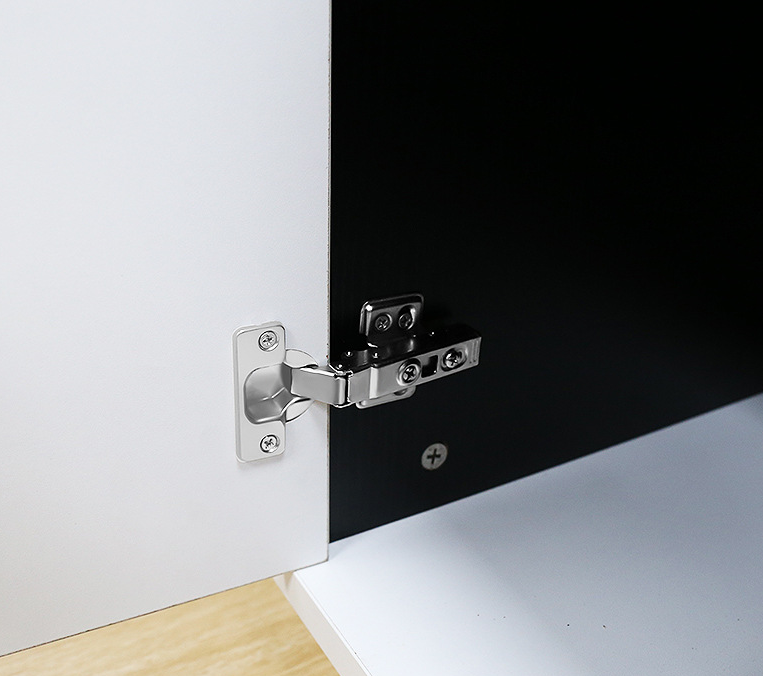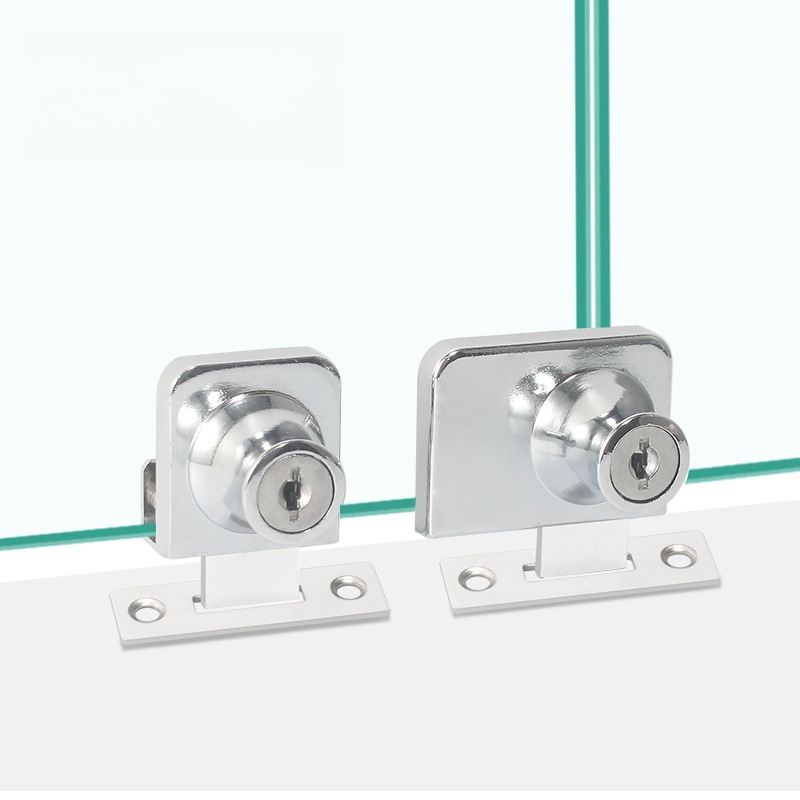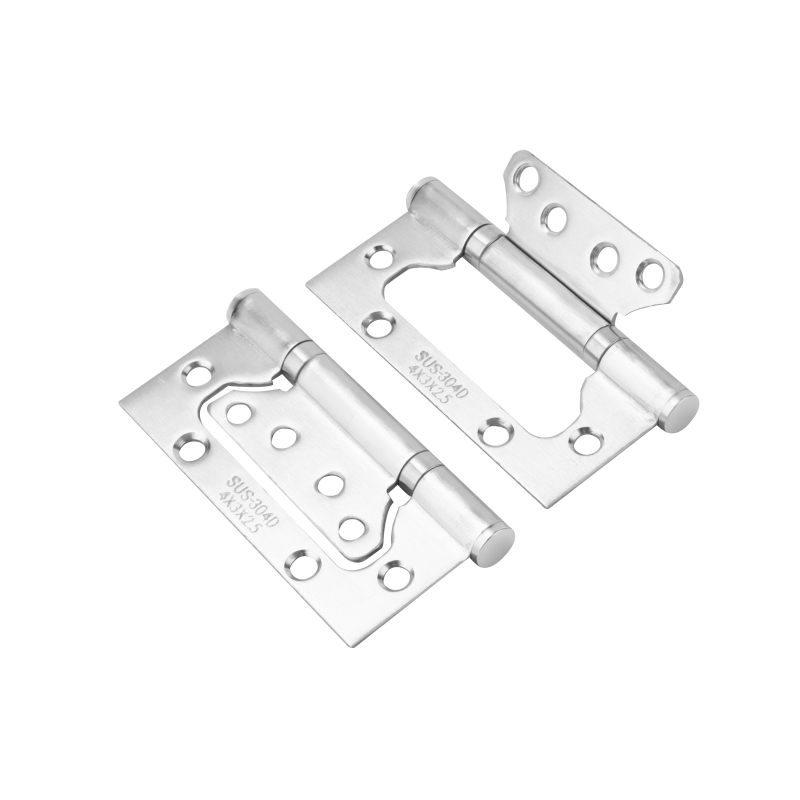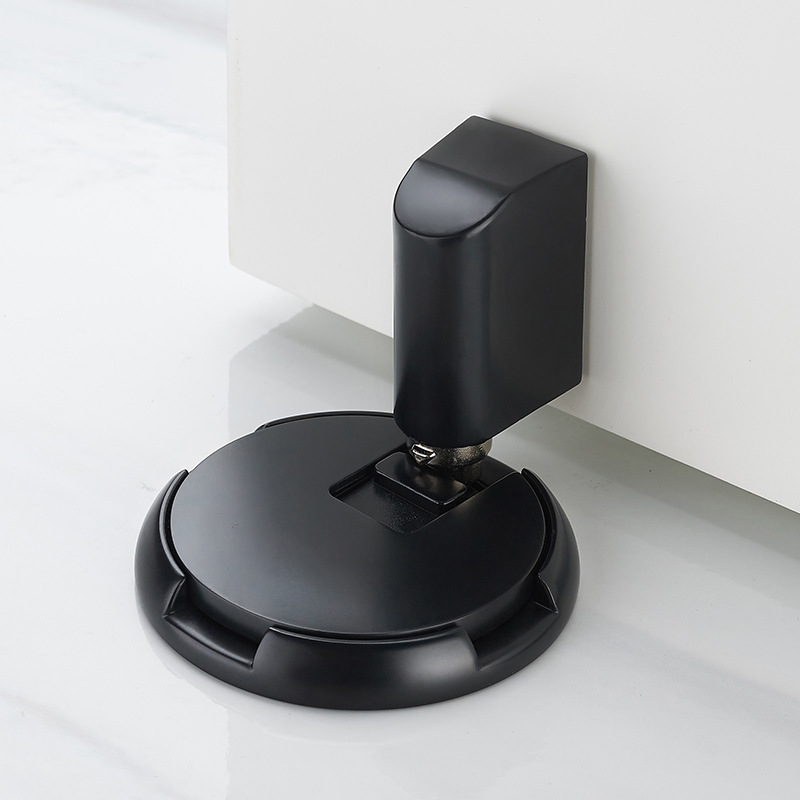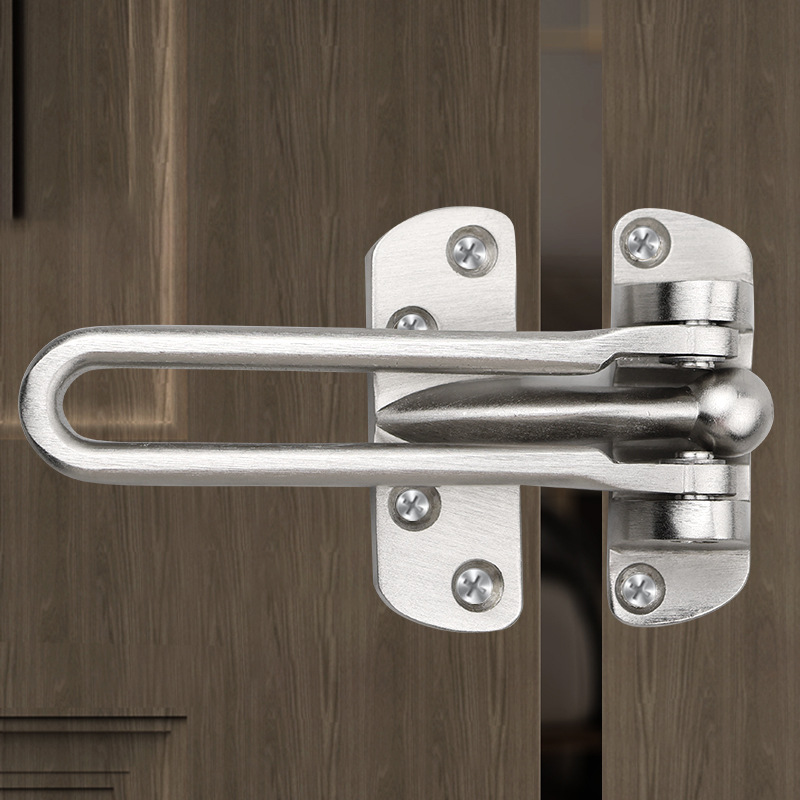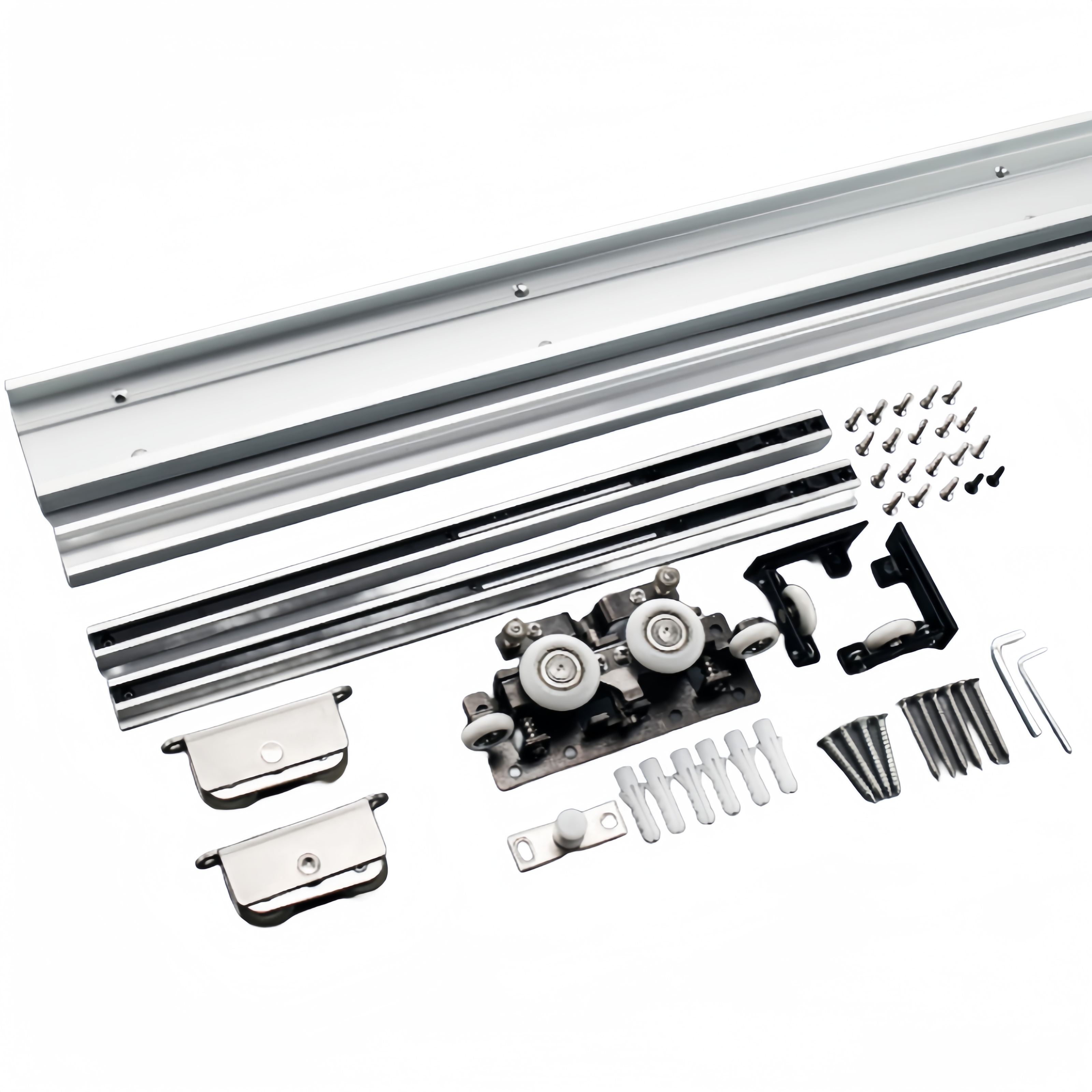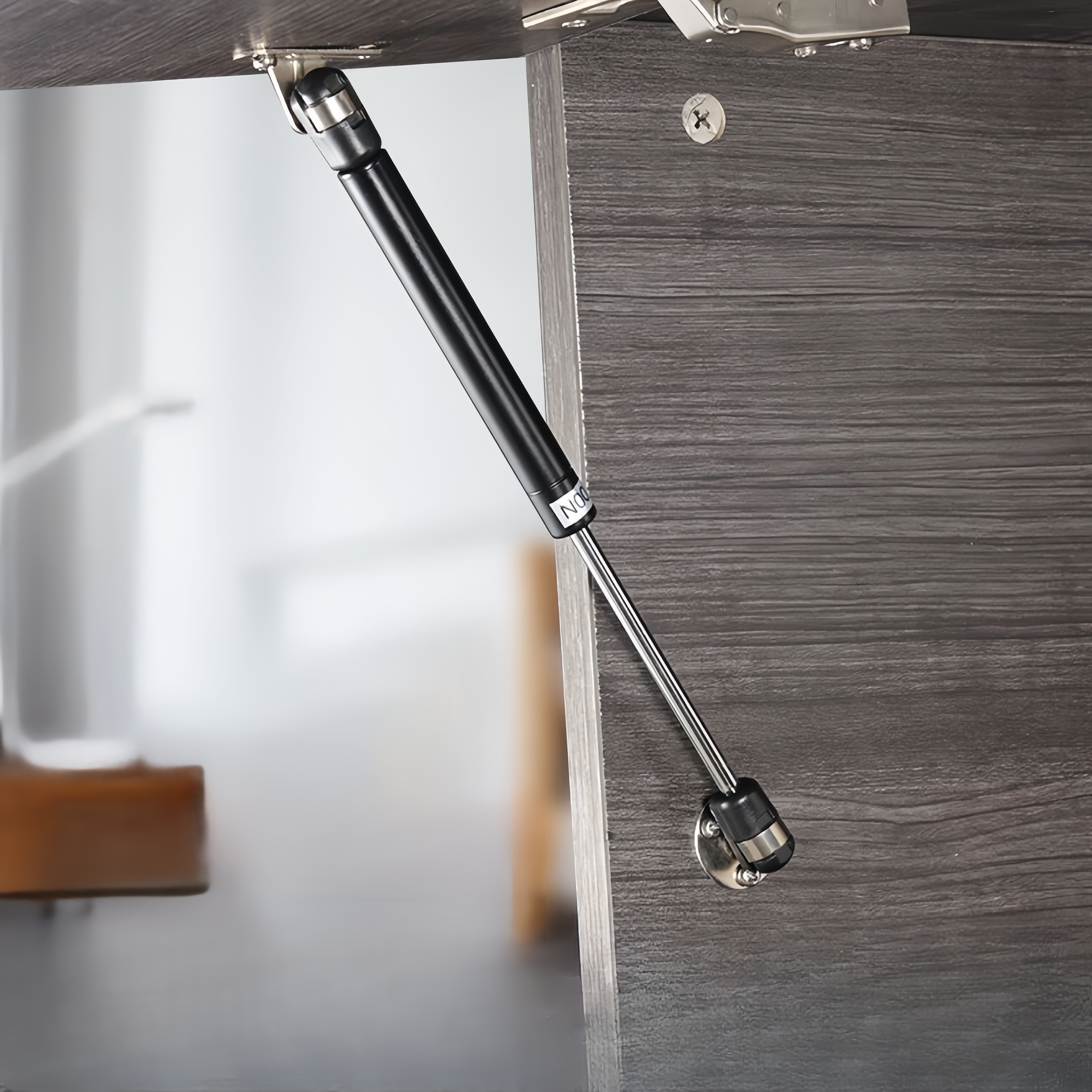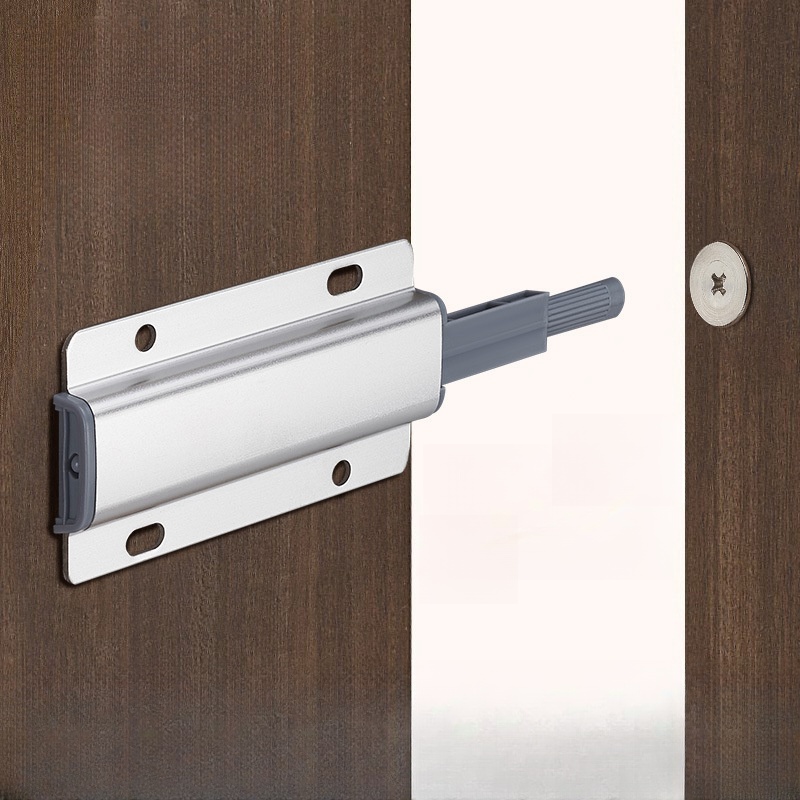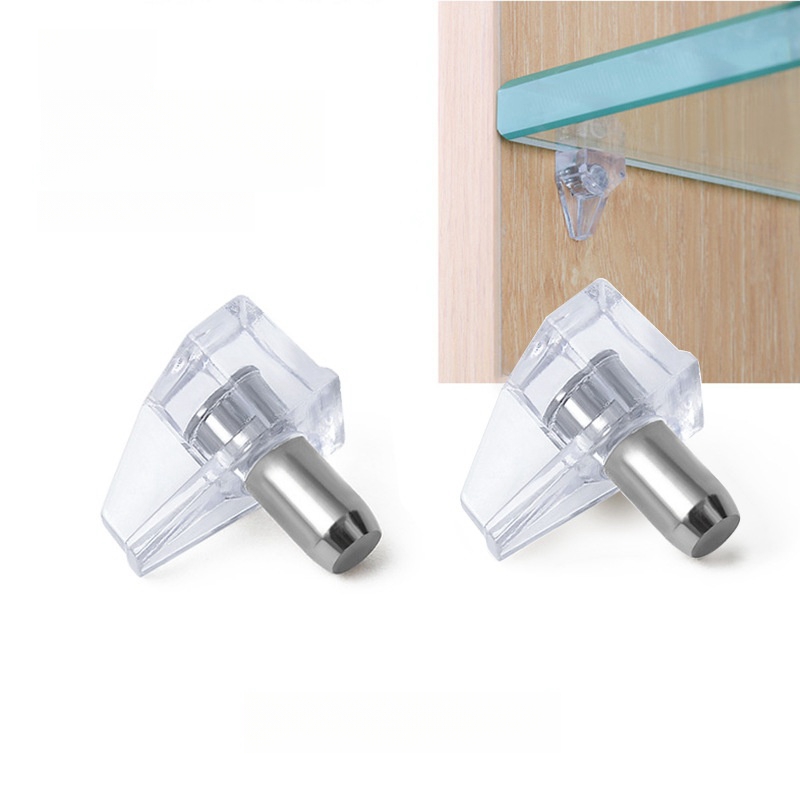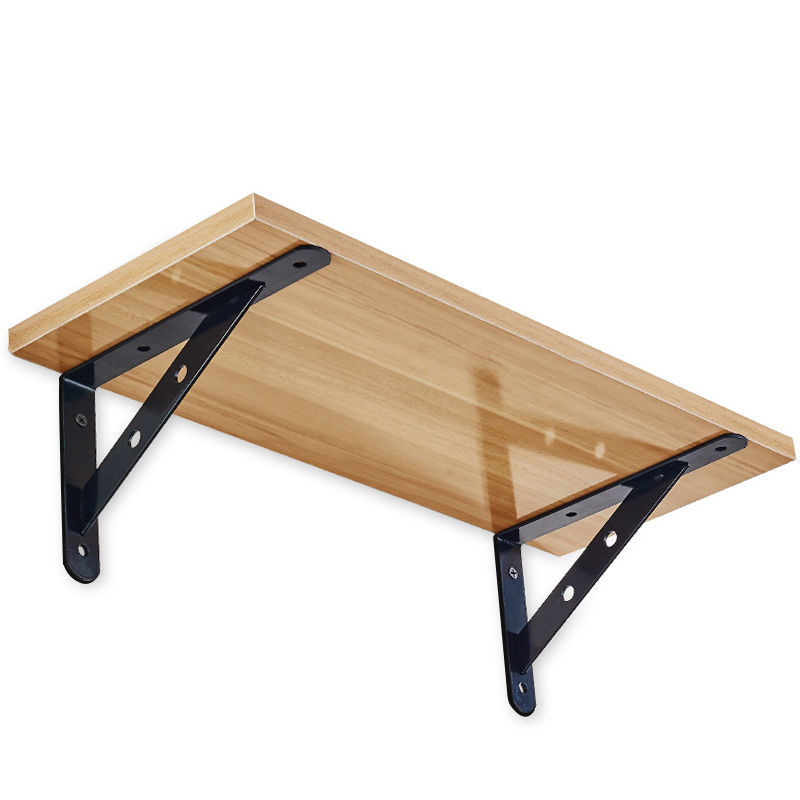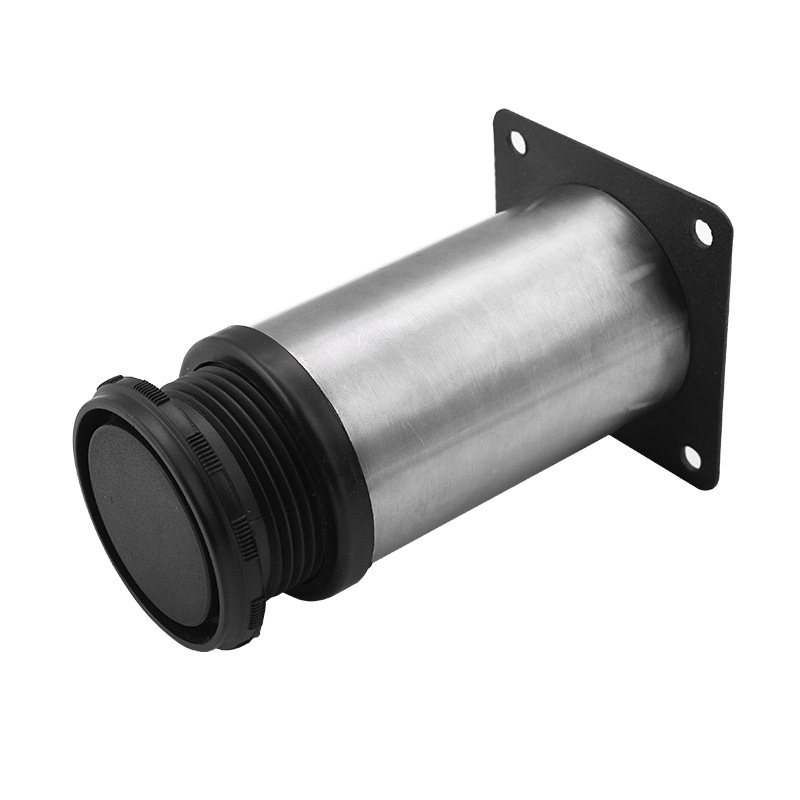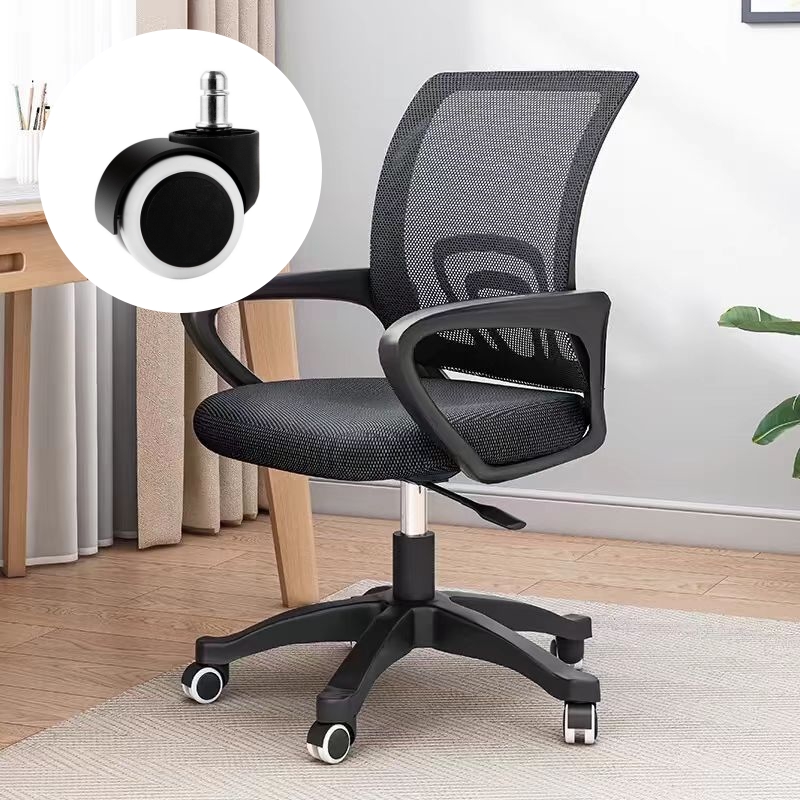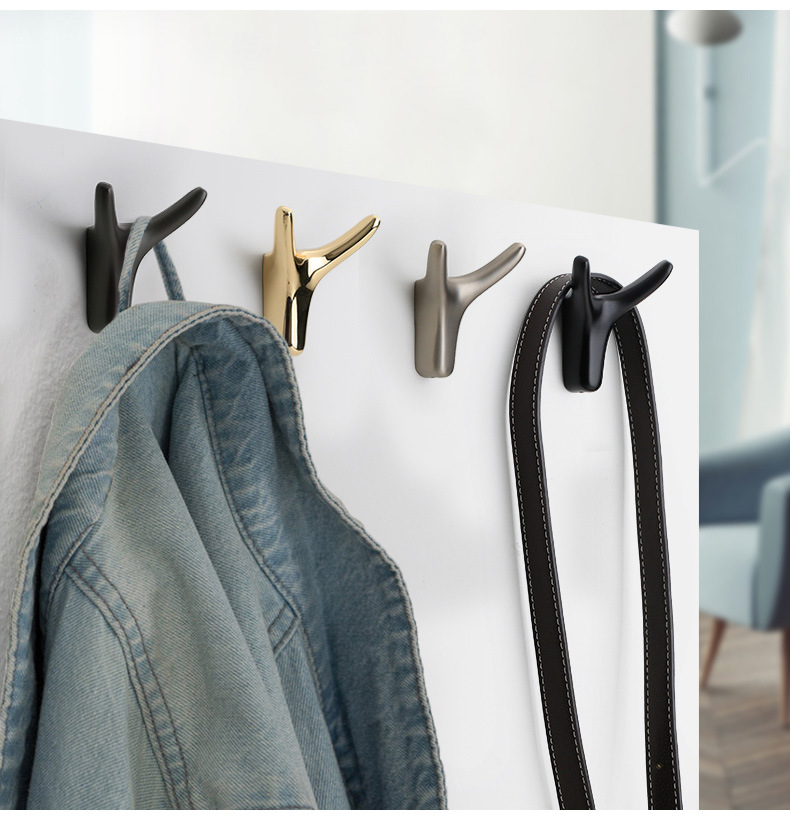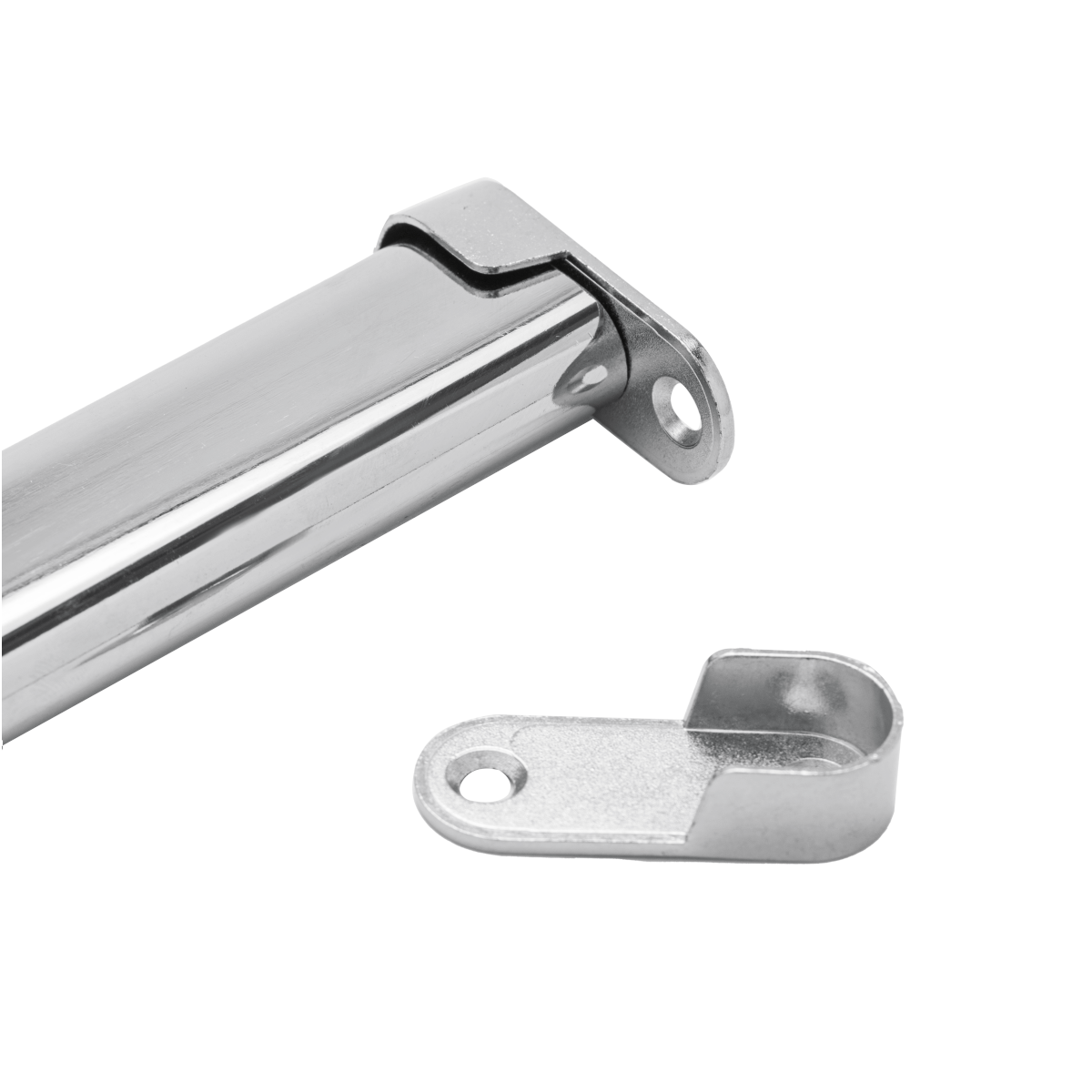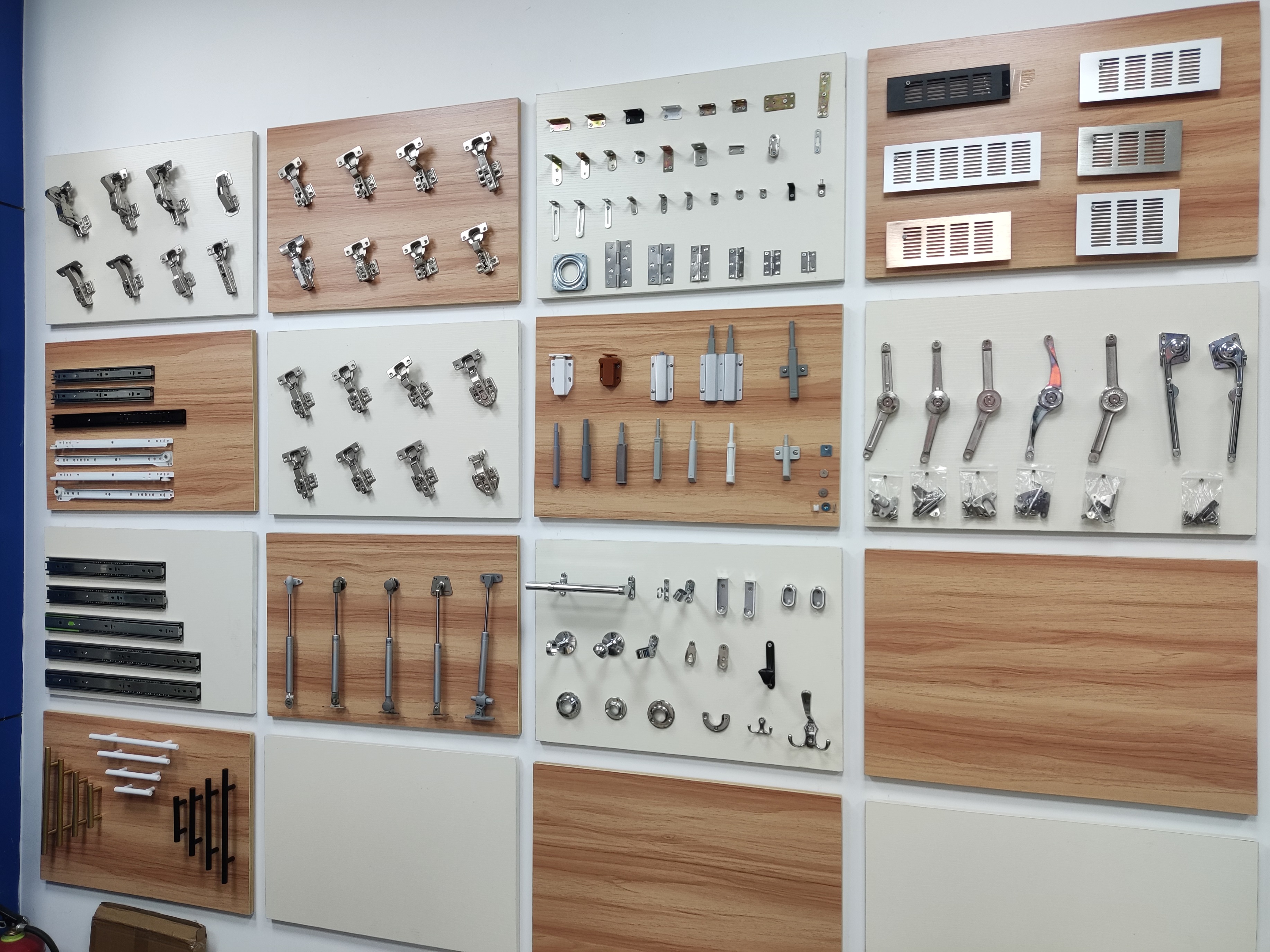
ABOUT
Guangzhou Toplink hardware Co., Ltd specialized in the production and export of furniture hardware fittings, with an experience of more than 14 years.
Our main products are drawer locks, cabinet hinges, sliding rails, cabinet handles, casters, cabinet legs and connecting fittings etc..
With a complete range of products, excellent performance and reasonable prices we have built up business with many customers all over the world.
We are committed to strict quality control and considerate customer service. We sincerely looking forward to becoming your best choice and the most reliable partner!
PRODUCTS
stuck door latch
Understanding the Anatomy of a Stuck Door Latch
Before addressing solutions, it's helpful to understand the components involved. Most door latches consist of a latch bolt, a strike plate, and a mechanism to operate the bolt (a knob, lever, or key). The latch bolt extends from the door and retracts into the door when the handle is turned or the key is used. The strike plate is a metal plate affixed to the door frame that receives the latch bolt when the door is closed. A stuck latch can result from problems within any of these parts or the interaction between them.
For example, a simple spring latch might stick due to a weakened or broken spring, preventing the bolt from retracting fully. More complex mortise latches, often found in older or high-security doors, involve multiple components working in tandem, and any malfunction in one part can cause the entire mechanism to seize. This complexity means that diagnosis and repair can be more challenging. Even seemingly minor issues, such as paint build-up, can significantly impede the smooth operation of the latch.
Common Causes of a Stuck Door Latch
The reasons for a stubbornly stuck latch are surprisingly diverse. One common culprit is debris. Dust, dirt, small pieces of wood, or even paint fragments can accumulate within the latch mechanism, obstructing the movement of the bolt. Over time, this build-up can cause significant friction, making it increasingly difficult to operate the latch.
Another frequent problem is the warping of the door or door frame. Exposure to moisture, temperature fluctuations, or settling of the house can cause the wood to expand or contract, misaligning the door and the strike plate. This misalignment prevents the latch bolt from fully engaging with the strike plate, leading to a jammed latch. Similarly, the strike plate itself might become loose or damaged, failing to provide a secure and properly aligned receptacle for the latch bolt.
Furthermore, wear and tear are inevitable. Years of regular use can lead to the gradual deterioration of the latch mechanism's components. Springs can weaken, internal parts can become worn or broken, and the overall lubrication can diminish, resulting in increased friction and sticking. In older doors, especially those made of wood, shrinkage and warping can exacerbate these wear-and-tear issues.
Troubleshooting and Repairing a Stuck Door Latch
The first step in addressing a stuck latch is careful observation and assessment. Try to identify the exact point of the problem: Is it the handle, the latch bolt itself, or the strike plate? A simple visual inspection might reveal obvious obstructions like debris or misalignment. Gently probing the latch mechanism with a small tool (like a flat-head screwdriver) can sometimes dislodge minor obstructions.
If debris is the culprit, a careful cleaning might suffice. Use compressed air to blow out any dust or dirt, and a small brush or toothpick to dislodge stubborn particles. Lubrication can also be incredibly effective. A light application of graphite powder or a specialized lock lubricant can reduce friction and restore smooth operation. Be mindful not to use excessive lubricant, as this can attract more dirt and debris.
If the problem stems from misalignment, you might need to adjust the strike plate. Carefully loosen the screws holding the strike plate in place and use a hammer or shims to adjust its position so the latch bolt engages smoothly. Alternatively, the door itself may need adjusting. This often requires tightening loose hinges or using shims to adjust the door's position relative to the frame. More significant warping may necessitate professional assistance.
In cases of severe damage or complex issues, especially in older or high-security door systems, it's best to seek professional help. A locksmith possesses the expertise and specialized tools to diagnose and repair intricate latch mechanisms, potentially saving you time, effort, and the risk of further damage.
Preventing Future Latch Problems
Regular maintenance is key to preventing future latch problems. Periodically inspect your door latches for signs of wear, tear, or debris build-up. Regular cleaning and lubrication can significantly extend the life of your latches and prevent sticking. Pay attention to the environment surrounding your doors; addressing moisture issues and maintaining stable temperatures can minimize warping and related problems.
Consider the materials of your door and frame. Solid wood doors are more prone to warping than those made from composite materials. If you live in a humid climate or notice significant expansion and contraction of your doors, you might want to proactively address moisture control in your home. By incorporating these preventative measures into your routine maintenance, you can significantly reduce the likelihood of experiencing the frustration of a stuck door latch.
In conclusion, while a stuck door latch may seem like a minor inconvenience, understanding the potential causes and implementing appropriate solutions can save you considerable time and frustration. By recognizing the different components of a door latch, addressing common issues such as debris and misalignment, and taking preventative measures, you can ensure that your doors remain accessible and functional for years to come.
SUBSCRIBE
INQUIRY
